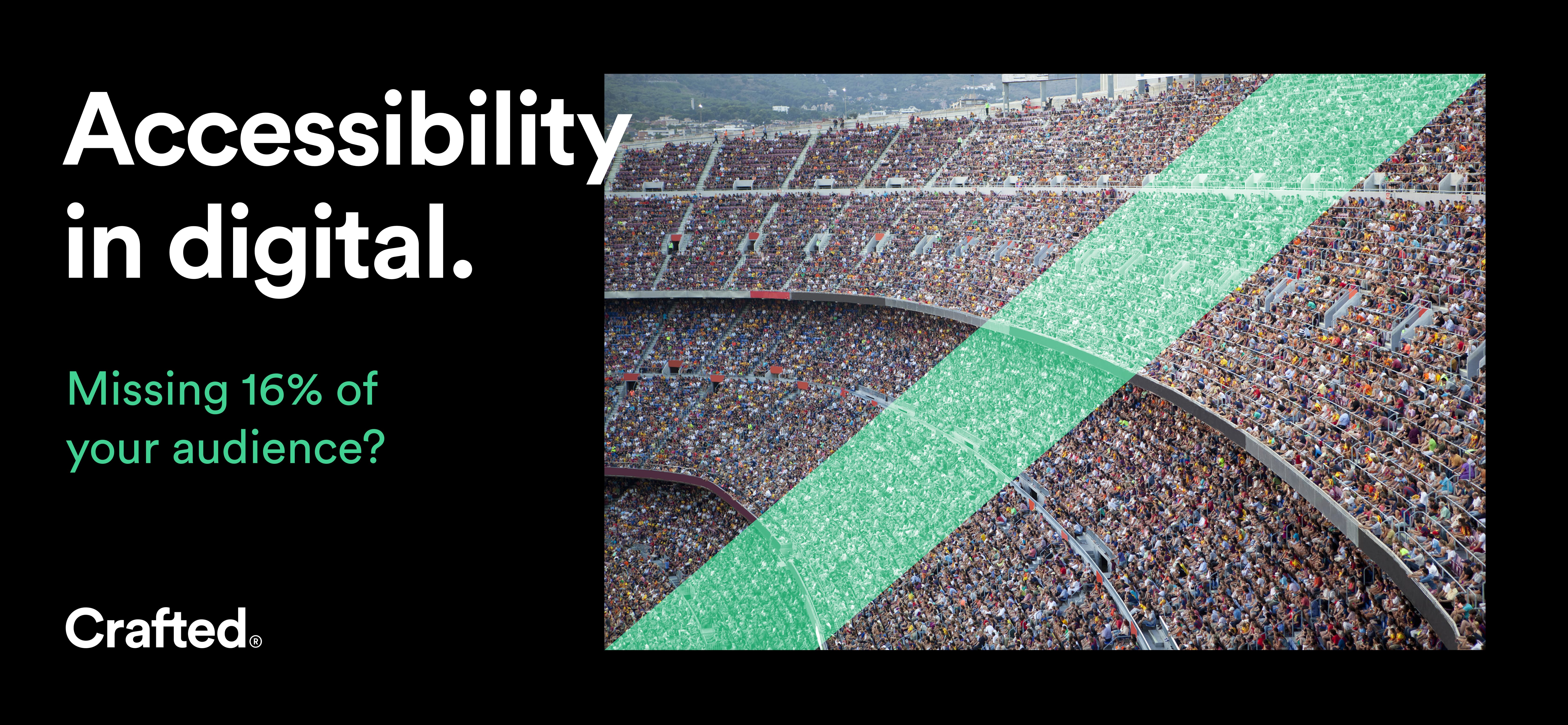Google Glass: A Less Private Future?
24 Jul 2013
A few months ago, Google released their Glass project in beta form. It is a wearable, interactive augmented reality device. Essentially, it looks similar to a pair of glasses, but minus the glass. Instead, a tiny projector layers information on top of the real world, only visible to the wearer. Navigation is primarily achieved through voice commands, combined with other ‘gestures’ such as eye movements.
Even though there are just a few thousand devices in circulation, some commentators have hailed Glass as a major technological leap forward. It is far from being a mass-market product, and its unusual looks may simply consign it to a niche techie device, such as the Segway. However, through Glass, Google are showing what is possible with next generation of computing; the wearable and connected devices.
For those that have tried the device, it apparently delivers an engaging immersive experience. However, detractors have pointed to issues around the short battery life (about two hours), failures in functionality and above all, the way that people look rather stupid whilst wearing them (see the Tumblr, White Men Wearing Google Glass). Significantly though, Glass has raised some major concerns around privacy. These concerns are two fold: privacy of those in proximity to the wearer and privacy of the data generated by the user themselves.
Secret Photography?
Within a week of launch, a photo app called ‘Winky’ was released, which allowed Glass wearers to take photos or video simply with the blink of an eye. Soon after, newspapers highlighted the privacy issue from surreptitious recording. This is a justified concern, but with the ubiquity of camera phones and CCTV, it is not a new one. However, with Glass the problem extends beyond just surreptitious photos. At the start of July a Congress Committee asked Google about the impact of facial recognition through Glass. Imagine, that as a wearer, I could use the camera to identify anyone who I passed on the street, and immediately search online or view their social media profile. So far, Google has not clarified if this is possible to do, suffice to say that the US committee described their response as ‘inadequate’.
Tracking the Unconscious
The second issue, and one that has been discussed less, is the privacy of the user. The device is constantly tracking data such as location, searches or eye movements. Put these together and you have a powerful set of data that is more personal than ever seen before. If that includes involuntary eye tracking, it effectively means that unconscious actions will also be stored. And it is data that is stored in The Cloud. With the recent NSA/Prism revelations, it is reasonable to assume that no data stored in this way is truly private. It creates something of a scary scenario.
Brand Opportunities?
But what of brands and Glass? As a highly immersive experience, the potential for marketing engagement appears to be considerable. Yet tools such as facial recognition, especially in the brand context, are controversial to say the least, and largely unacceptable to consumers. Similarly, Glass could generate a considerable amount of useful user data. What happens when eye tracking in Glass is used when researching or purchasing goods? Marketers are already aware of the power of location for mobile marketing. But what could these eye movements tell them about their user? The reality is that this will prove largely unacceptable to users. There is a danger that if brands push the boundaries too far, there will simply be a consumer backlash.
Although there are a few brand content apps, such as The New York Times, Google has not made advertising available in Glass. However as brands start to get on board with these devices, they are likely to consider how they can exploit the possibilities. Marketers love data, and as technologies proliferate into wearable and connected devices, more of it will be generated. At a ‘big data’ level, it could help brands to understand their market and consumers better. However, it is important that brands both understand the potential privacy impact, and engage with users to make them aware of it. If marketers fail to do this, we may simply see consumers refusing to let brands into the space. So, with technology comes great responsibility.





Please login to comment.
Comments